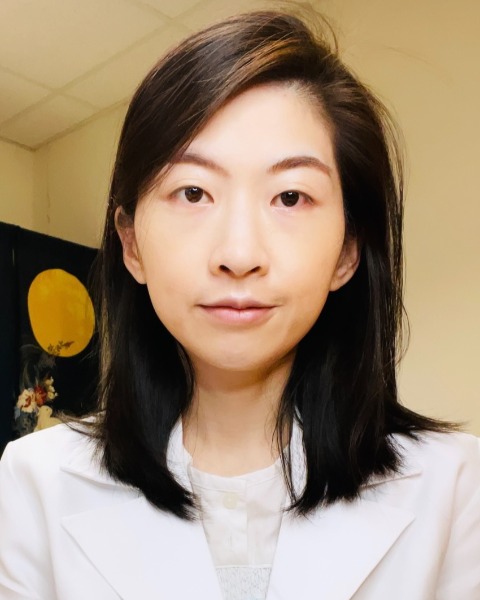Endocrine
E174: Surgical and Pathological Changes After Thermal Ablation of Thyroid Nodules

Ting-Chun Kuo, MD, PhD, FACS (she/her/hers)
Assistant professor
Department of surgery, National Taiwan University Hospital
Taipei, Taipei, Taiwan (Republic of China)
Ting-Chun Kuo, MD, PhD, FACS (she/her/hers)
Assistant professor
Department of surgery, National Taiwan University Hospital
Taipei, Taipei, Taiwan (Republic of China)
Ting-Chun Kuo, MD, PhD, FACS (she/her/hers)
Assistant professor
Department of surgery, National Taiwan University Hospital
Taipei, Taipei, Taiwan (Republic of China)- KC
Kuen-Yuan Chen, n/a
Assistance professor
Department of Surgery, National Taiwan University Hospital, Taipei, Taiwan (Republic of China) - ML
Ming-Tsan Lin, MD, PhD
Professor
Department of Surgery, National Taiwan University Hospital, Taipei, Taiwan (Republic of China) - MW
Ming-Hsun Wu, MD, PhD, FACS
Associate professor
Department of Surgery, National Taiwan University Hospital, Taipei, Taiwan (Republic of China)
ePoster Abstract Author(s)
Submitter(s)
Author(s)
Thyroid thermal ablation has been demonstrated as an effective treatment with a relatively low complication rate. However, still a lot of patients would need surgery in the follow-ups. It raised concerns for the physicians about whether thermal ablation changes the tissue planes, making it more difficult to resect surgically and make a histological diagnosis at a later date. Given these issues, this study aimed to investigate 1) whether ablation before surgery increases the difficulty of the procedure or increases the rate of complications, 2) what are the differences in immunochemistry and where there was difficulty in the pathological diagnosis.
Methods:
Patients with benign thyroid nodules who had received thermal ablation and were undergoing thyroidectomy were prospectively enrolled. Perioperative clinicopathological outcomes including thyroidectomy difficulty score, degree of adhesion and postoperative complications were recorded. The pathological samples were reviewed by two pathologists who assessed various cytomorphological alterations in the center and periphery of the ablated zone.
Results:
Sixteen patients were included. The mean interval between ablation and thyroidectomy was 30.3±32.3 months. No surgical complication noted. The thyroidectomy difficulty score, degree of adhesion, operation time all showed higher in theses patients when compared to the matched cohort. Histological diagnosis was 12 cases of hyperplastic or adenomatous nodules, 1 case of papillary thyroid cancer, 1 case of follicular thyroid cancer, and 2 cases of follicular tumors of uncertain malignant potential. 81.2% of acellular hyalinization and 56.2% of chronic inflammation were identified in the central ablated area. Nuclear enlargement and clearing cells were identified in thyroid follicles in the peripheral ablated area.
Conclusions:
Thermal ablation will influence adhesion of adjacent tissue and increase the difficulty of operation, without endangering with major complications. It can alter the cellular architecture, characteristics of the thyroid tissue, and integrity of the nodule capsule, making the diagnosis more challenging.
Learning Objectives:
- Upon completion, participant will be able to know whether ablation before surgery increases the difficulty of the procedure or increases the rate of complications.
- Upon completion, participant will be able to clarify what are the differences in immunochemistry and where there was difficulty in the pathological diagnosis
- Upon completion, participant will be able to understand whether thermal ablation changes the tissue planes, making it more difficult to resect surgically and make a histological diagnosis.
